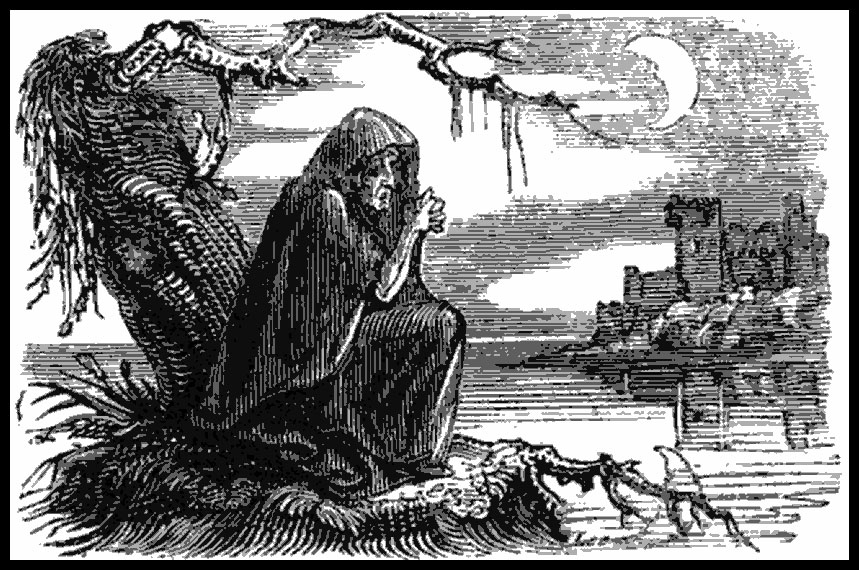
Such reports are hardly sufficient to argue for the reality of an afterlife. In other cases (i.e., Moody 1977) the reports were given by the patients themselves, months and years after the event. This means they had passed through two highly fallible and constructive human memory systems (the doctor’s or nurse’s and the actual patient’s) before reaching Osis and Haraldsson. Since it was the doctors and nurses who were giving the reports, not the patients who had, presumably, actually had the experience, the reports were secondhand. Osis and Haraldsson’s (1977) study was based on replies received from ten thousand questionnaires sent to doctors and nurses in the United States and India. The way in which the reports are collected poses another serious problem for those who want to take them seriously as evidence of an afterlife. Hines also criticized their methodology of collecting the reports: The neurologist Terence Hines has written that the proponents of the afterlife interpretation grossly underestimate the variability among the reports. Osis, Haraldsson and other parapsychologists such as Raymond Moody have interpreted the reports as evidence for an afterlife. In a study conducted between 19 by the parapsychologists Karlis Osis and Erlendur Haraldsson, they reported that 50% of the tens of thousands of individuals they studied in the United States and India had experienced deathbed visions. Barrett was a Christian spiritualist and believed the visions were evidence for spirit communication. The physician William Barrett, author of the book Death-Bed Visions (1926), collected anecdotes of people who had claimed to have experienced visions of deceased friends and relatives, the sound of music and other deathbed phenomena. They have also been referred to as veridical hallucinations, visions of the dying and predeath visions. However, the first systematic study was not conducted until the 20th century.


Deathbed visions have been described since ancient times.


 0 kommentar(er)
0 kommentar(er)
